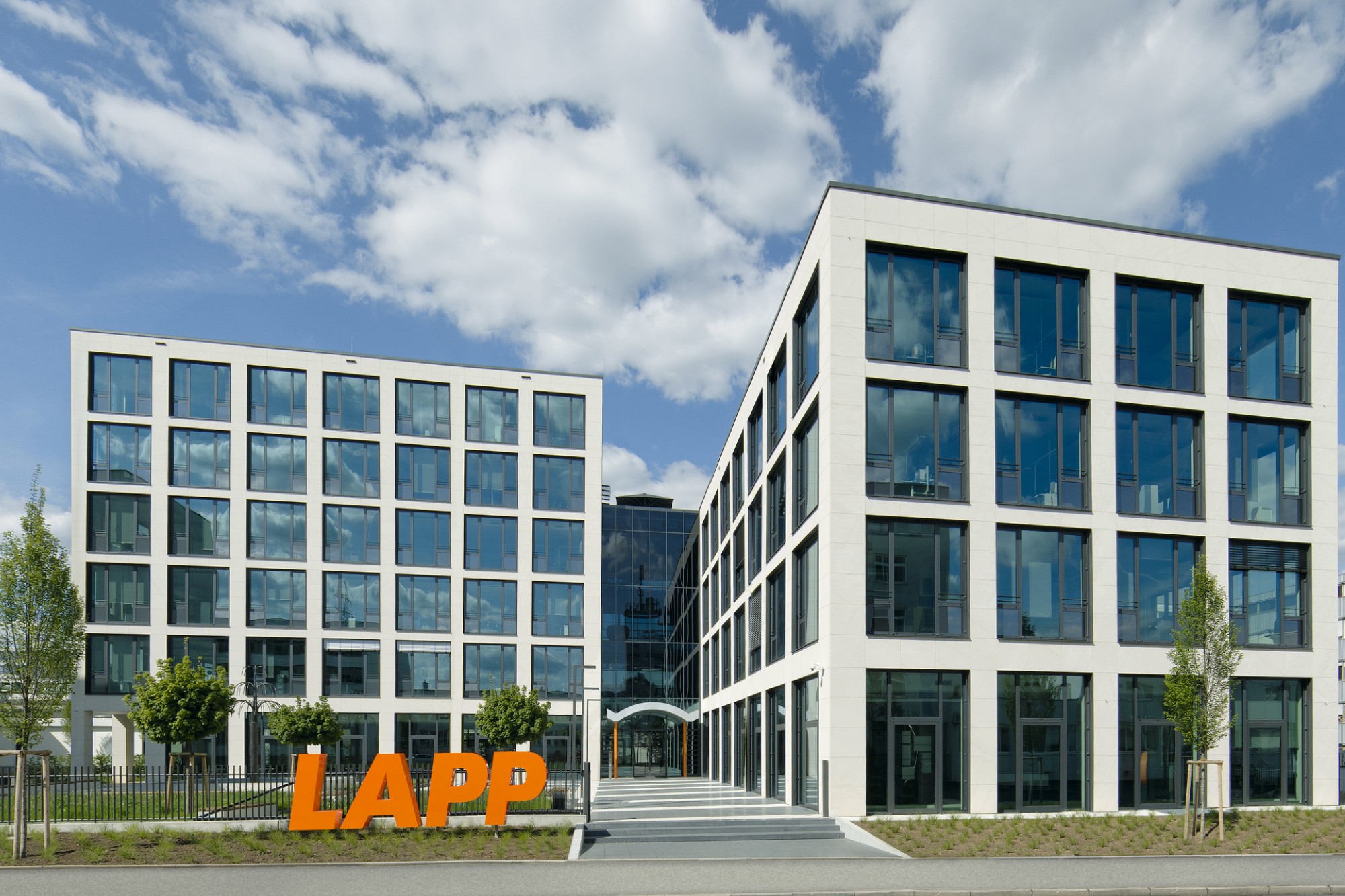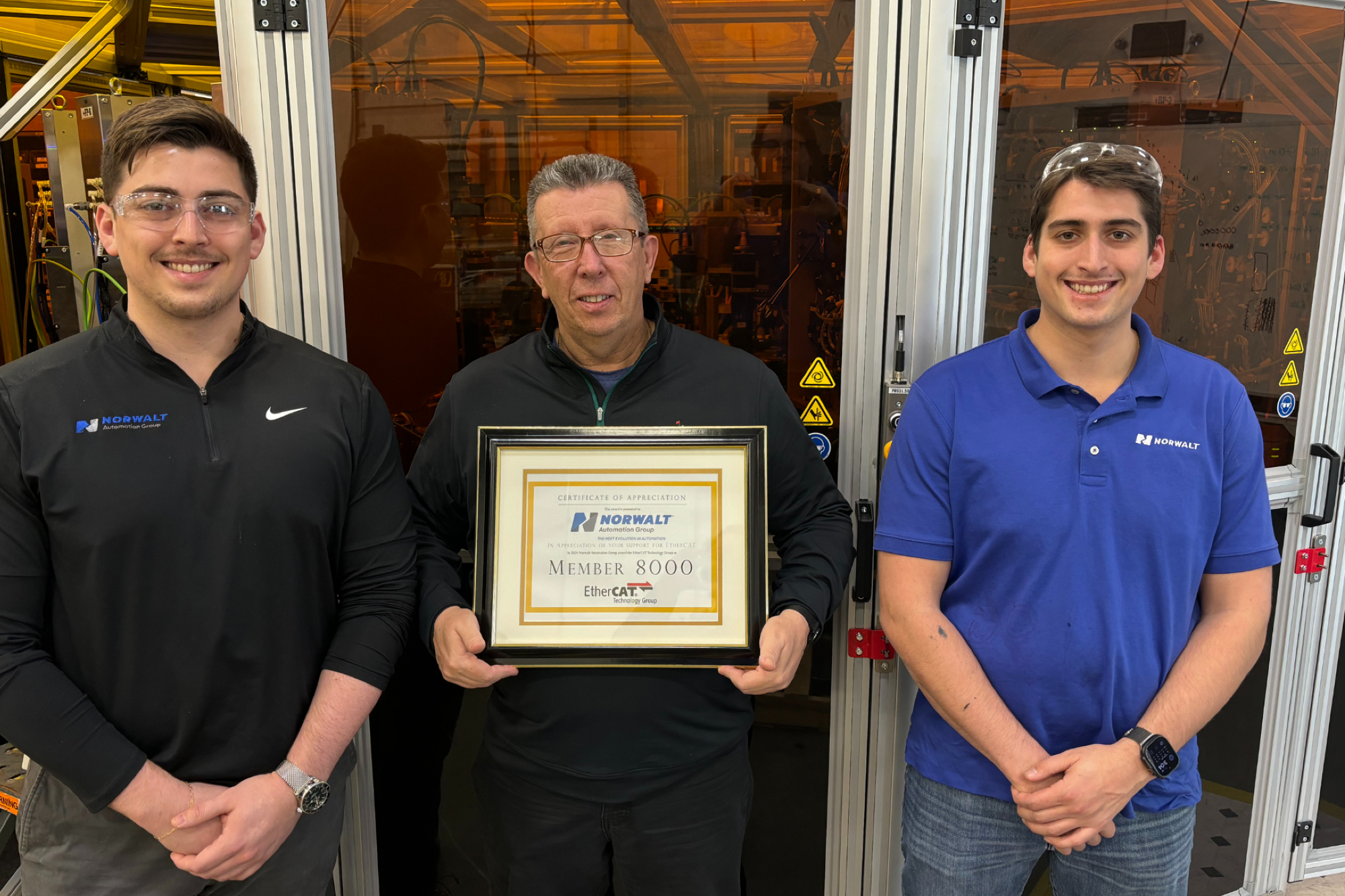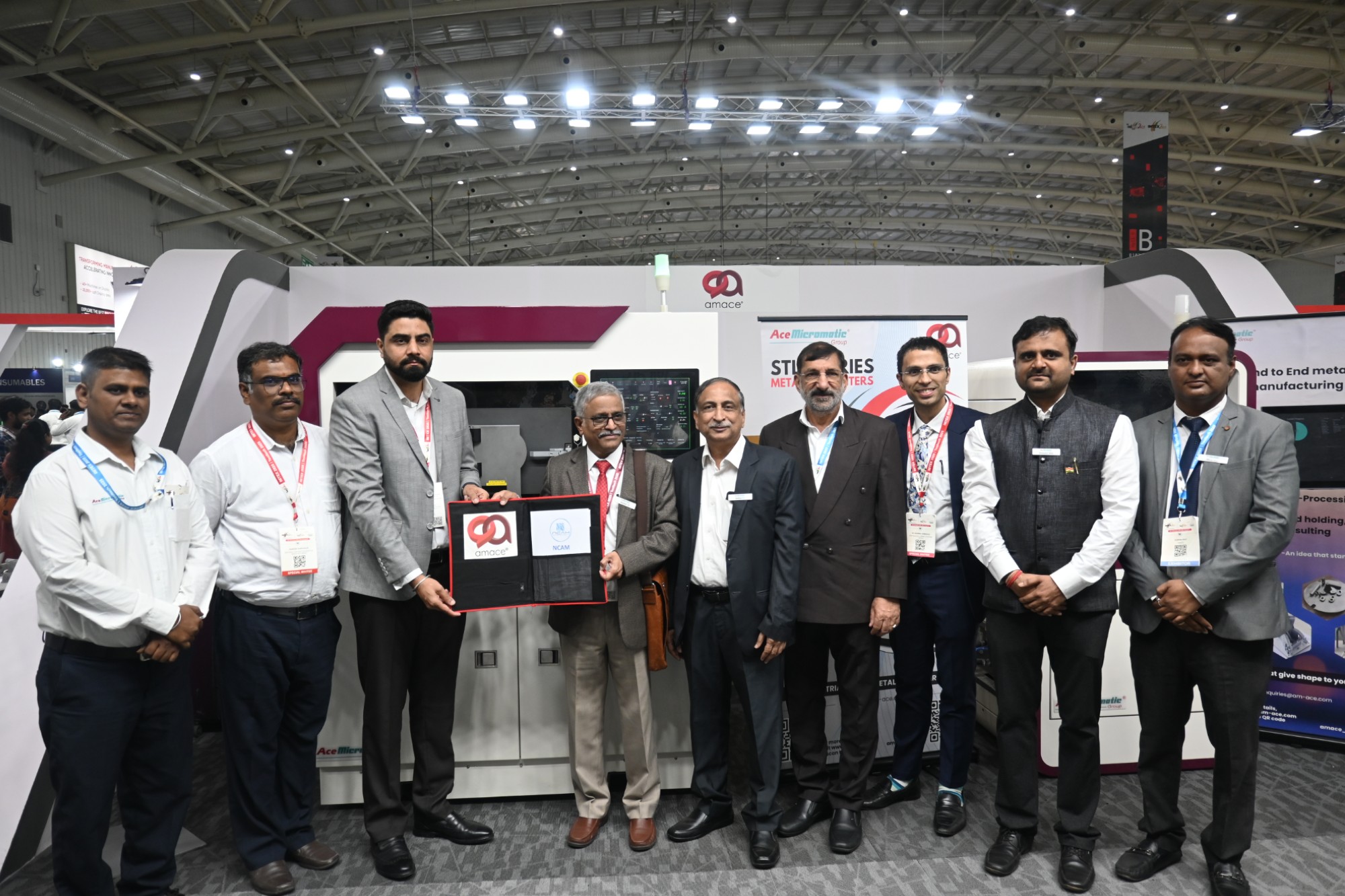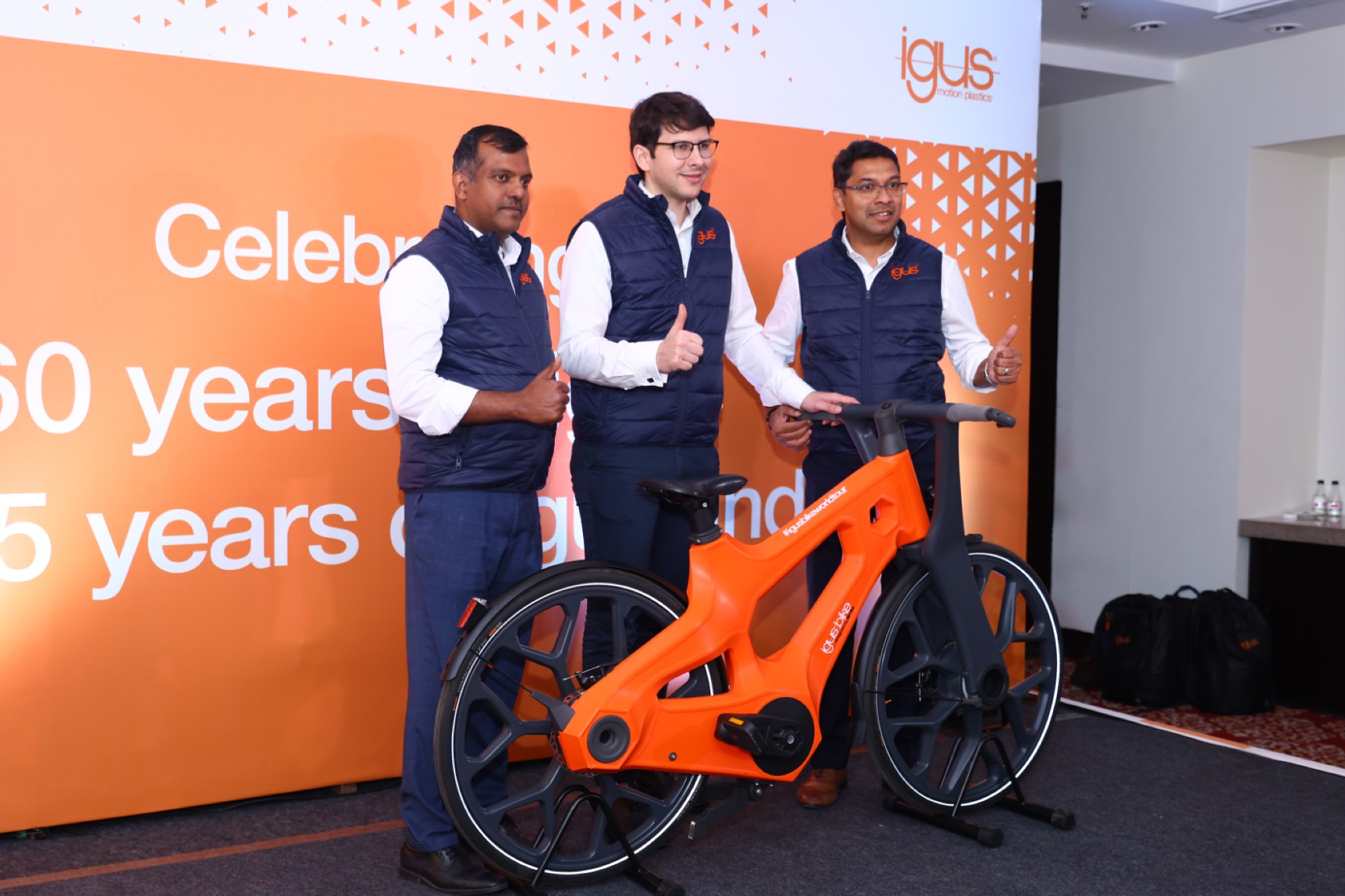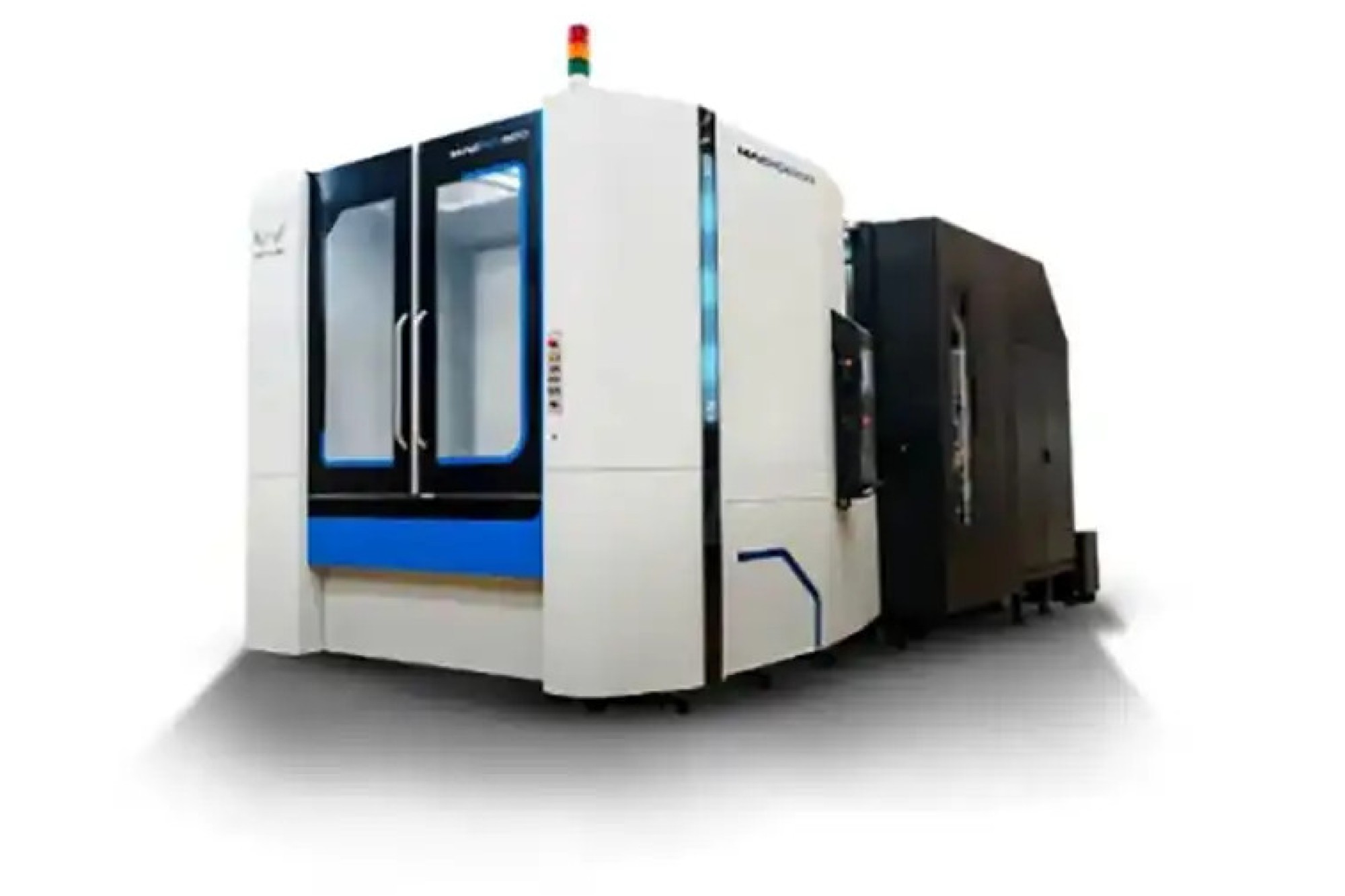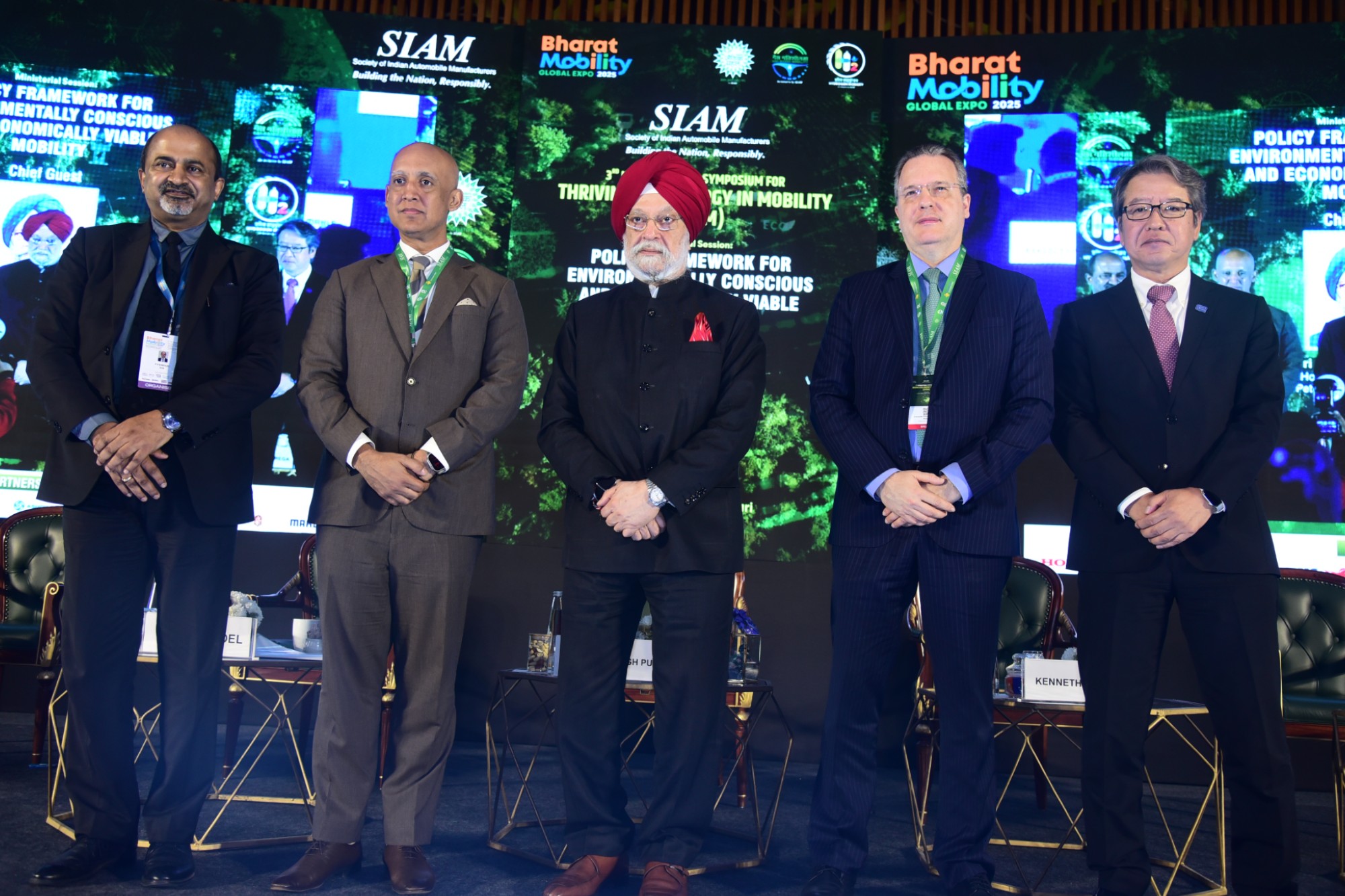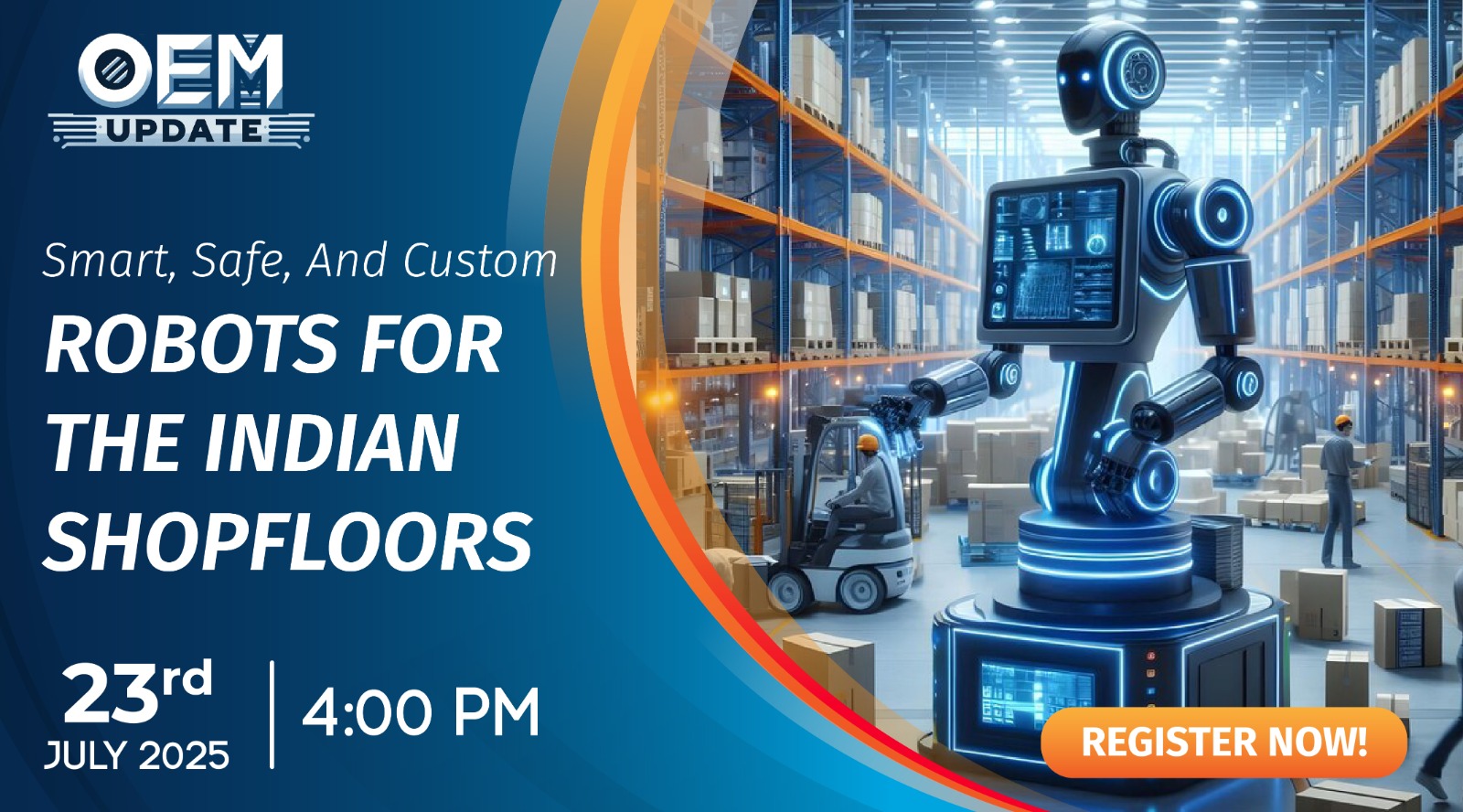Govt. to set-up Manufacturing & Investment Zones
By admin June 15, 2010 6:46 am IST
Besides the employment imperative, the development of the manufacturing sector is critical from the point of view of ensuring that the growth model of India is sustainable. An OEM Update report.
In a recent major initiative, the Government of India has sought to accelerate the roll out of a National Manufacturing Policy (NMP) with a focus on National Manufacturing & Investment Zones (NMIZ). To set up NMIZ, the Government has invited feedback from industry on a range of issues like exit policy, reduction in the compliance burden of the laws, building of social infrastructure along with the setting up of industries. It has also sought feedback on funding of trunk infrastructure to connect the proposed NMIZs with highways and meeting the water and power of the industries along with other viable suggestions.
Anand Sharma, Union Minister for Commerce & Industry, while addressing at an Interactive Session organised by the Confederation of Indian Industry (CII) in Chandigarh recently, said that while services have grown at a rapid pace, the share of the manufacturing sector in the country’s GDP has stagnated at around 15%. “With the objective of helping Indian manufacturing to achieve its true potential and in the process be an engine for job creation, we have proposed the creation of a number of National Manufacturing & Investment Zones (NMIZ)”, the Minister added. While detailing the NMIZs, Mr. Sharma said, “The NMIZ would provide good physical infrastructure, a progressive exit policy, structures to support clean and green technologies, appropriate investment incentives and business friendly approval mechanisms and each zone would have a combination of production units, public utilities, logistics, environment protection mechanisms, residential areas and administered services.”
“We have witnessed rapid economic development post liberalization. However, given the size of our country and the daunting task of providing a basic minimum standard of living for all, we need to achieve much faster growth. We are a young country and we need to cater to the youthful aspirations. According to the 2007-08 Economic Survey, 64.8% of India’s population would be in the working age of 15-64 years in 2026. By 2015, India will have 800 million people in the productive age group of 15 to 59, ahead of China which is expected to have only 600 million. This means that we need to create employment and enterprise opportunities at that scale. For this to happen, jobs will have to be created both in the services and the manufacturing sector”, Mr. Sharma said. Addressing a Roundtable in New Delhi recently, with the industry representatives, RP Singh, Secretary, Department of Industrial Policy and Promotion (DIPP) said that the government is committed to give a fair deal to the workers in the proposed exit policy which will be a part of the NMP. The attempt would be to ensure that labour gets its due in the event of closure of an industry and that its assets are utilized in a productive manner. “The time has come to ensure that from day one the interests of the workers are protected through an insurance policy that could be renewed annually,” Mr. Singh said. “The effort would be to make the exit painless for both the workers and the promoters.”
The DIPP Secretary made clear that the industries in the proposed NMIZ would not be entitled to any tax breaks to avoid a conflict and a non-level playing field vis-à-vis the units outside the NMIZ fold.
A Special Purpose Vehicle (SPV) has been proposed to be created for industry-wise permission on the labour and environment front for location in the NMIZ. The SPV will be the delegated authority from the State Government, Ministries in the Central Government and other Government agencies for issuing necessary clearances for the inception and continuation of business ventures inside the NMIZ. So, the concept of NMIZ combines the framework for more business friendly policy, procedures and approval ecosystem, combined with superior physical infrastructure.
Cookie Consent
We use cookies to personalize your experience. By continuing to visit this website you agree to our Terms & Conditions, Privacy Policy and Cookie Policy.






